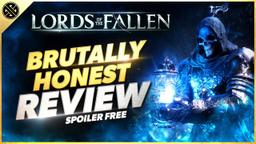Evercore Heroes
Written by - Livid
Updated: August 24, 2023
|
Posted: June 19, 2023

We first owe some thanks to the team over at Vela Games and fortyseven for inviting us to a special play session of Evercore Heroes. Alongside 2 developers from the team we got a full rundown of the game, explored a number of exciting heroes and, I’m proud to say, took home a few ‘dubs’ for Team Legacy. Let’s break things down and properly introduce this title.
WHAT IS EVERCORE HEROES
Let’s get one thing out of the way right off the bat. While Evercore Heroes might look like a League of Legends knockoff, and the combat plays out like a typical top down MOBA experience, the similarities end there.
Evercore Heroes is actually completely devoid of PvP. It’s a competitive PvE game where four teams of four heroes compete to be the last team standing. You’ll build your team from a roster of powerful characters, each with diverse skill sets that fit nicely into various roles on a team. You’ll load into a map, decide on which objectives you and your team should prioritize securing first, and use those advantages to outlast the other teams during elimination challenges. If you’re one of the two teams that managed to hold on the longest, you’ll go head-to-head in a final end-game challenge, the winner seizing victory.
THE HEROES
When it comes to a game like this, one of, if not the most important thing, is that the heroes are both fun to play and unique enough to stand on their own. Thankfully, the development team has pretty much nailed this.
Because this is a PvE game, leaning into the holy trinity of Tank, DPS, and Support is not only crucial to dynamic team interactions, but also vital to the range of diverse combat encounters the team clearly has ambition to create.
Tanks are the team backbone. They have a diverse range of abilities that allow them to block or parry enemy attacks, taunt enemies, shield allies, and more. Heroes like Maxx can stance swap between potent damage abilities and more defensive team-based abilities, while Sydian is all about shielding allies while taunting enemies to them, grouping them up so you and your team can knock them down.
Damage heroes are all about diving headfirst into combat. They come with potent kits that often revolve around core passives aimed at pumping up your damage even higher. Heroes like Cynder rapidly stack burning damage to accelerate his overall spellpower, letting abilities like Fireball hit for huge chunks of a health bar. Grayce on the other hand, is an agile, mechanical ballerina who is able to dash around the battlefield and rapidly recast abilities as long as she is hitting 3 or more targets at a time.
When it comes to a game like this, one of, if not the most important thing, is that the heroes are both fun to play and unique enough to stand on their own.
Finally, Support heroes, who are vital in keeping your team alive and amplifying their already potent kits. Players that master these kits can be the deciding factor on your team, edging out a victory or waiting for that long respawn timer. Characters like Beko are built like traditional MMO healers with a number of direct heals and a powerful AOE heal that can solidify your dominance on an objective. Other healers have a bit more variety in their kit and give players plenty of choice dependent on their preferred playstyle and team needs.
At some point you’ll be able to alter consumables and talents which augment each character’s abilities, letting you adapt your favorite heroes to the map and encounters you’ll be facing. It’s something we personally didn’t get to experience during our time with the game, but seems like the right level of depth to keep things interesting.

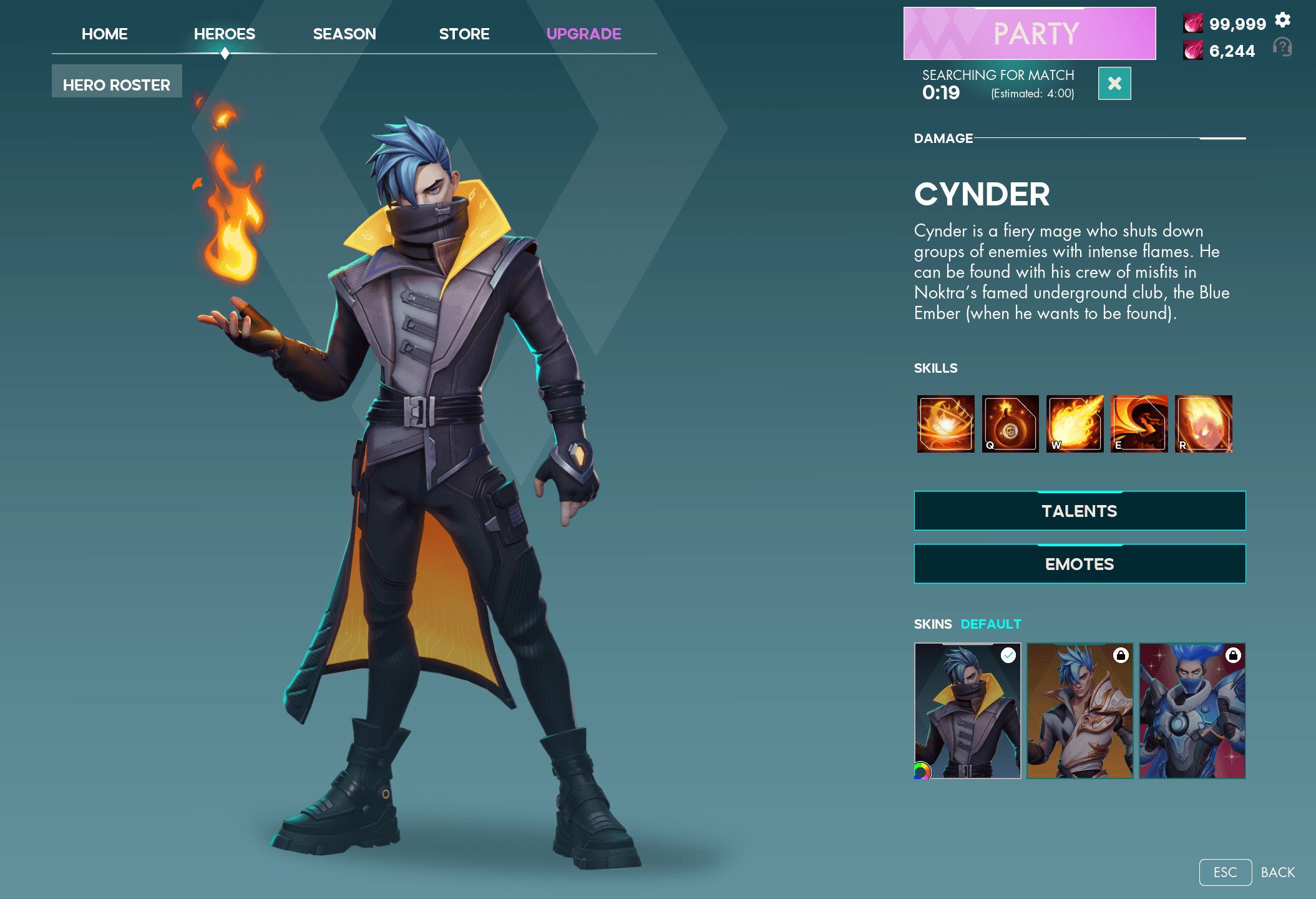

The best part about all of this? You don’t have to worry about opposing teams locking you out of the character you want to play. You just have to talk amongst your team to decide who’s playing what, and given the range of options Evercore Heroes will have during just their beta period, you’re sure to find something that fits your playstyle.
THE STAGES
Arguably just as important as the heroes, especially in a PvE focused game, is a diverse range of maps. A single 3-lane map might work in a MOBA, where consistent balance is required in PvP, but when it comes to PvE, there needs to be variety in order to shake up a match. This provides opportunities to outplay opponents that you don’t directly interact with.
Thankfully, Evercore Heroes already has several functioning maps, with many more planned for pre and post launch. Every map in the game features its own set of unique objectives, enemies, and even items to build out your characters with. During our time with the game, we were able to try out 2 different stages.
Our first map, The Kru Mines, takes place high up in the mountains of Kru, where a small settlement called Windfall runs a mining operation that harvests tenacium ore, a material found in weapons, armor, and even more advanced technologies. Its operations have been shut down by the rampaging troll, Thrashclaw, and it’s up to one team to take him down. You’ll find Luum and Gold generators to take control of, Battlehorns to buff your team, and events like the Contest of Fortitude and Giant Mini-Bosses to claim powerful shards, items that give you heroes powerful buffs. This map also features a unique teleporter system that allows players to rapidly jump across sections of the map more efficiently.
The second map we played was Moxy Treetops, a section of the roaming, jungle island of Moxy. In place of teleporters, you’ll find a network of ziplines that allow you to travel between sections of the map, making pathing knowledge a must here. Again, you’ll find staples like Gold and Luum generators, battlehorns that can send enemies to attack your rival’s evercore, and more. The head-to-head challenge on this map however plays out in a similar fashion to the classic Warcraft 3 mod, Linewars. Monster nests will generate enemies in lanes headed for your evercore, and as you kill them, they will be sent over for the opposing team to then deal with. As enemy density increases, the team who can clear the fastest and survive the longest will take the victory.
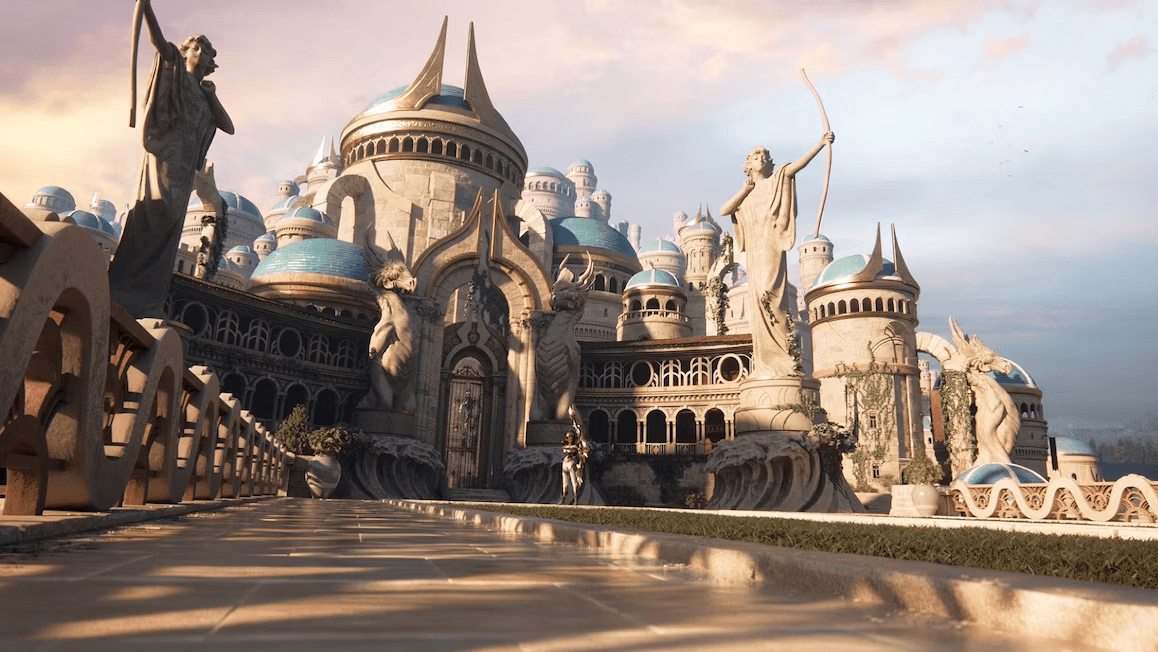

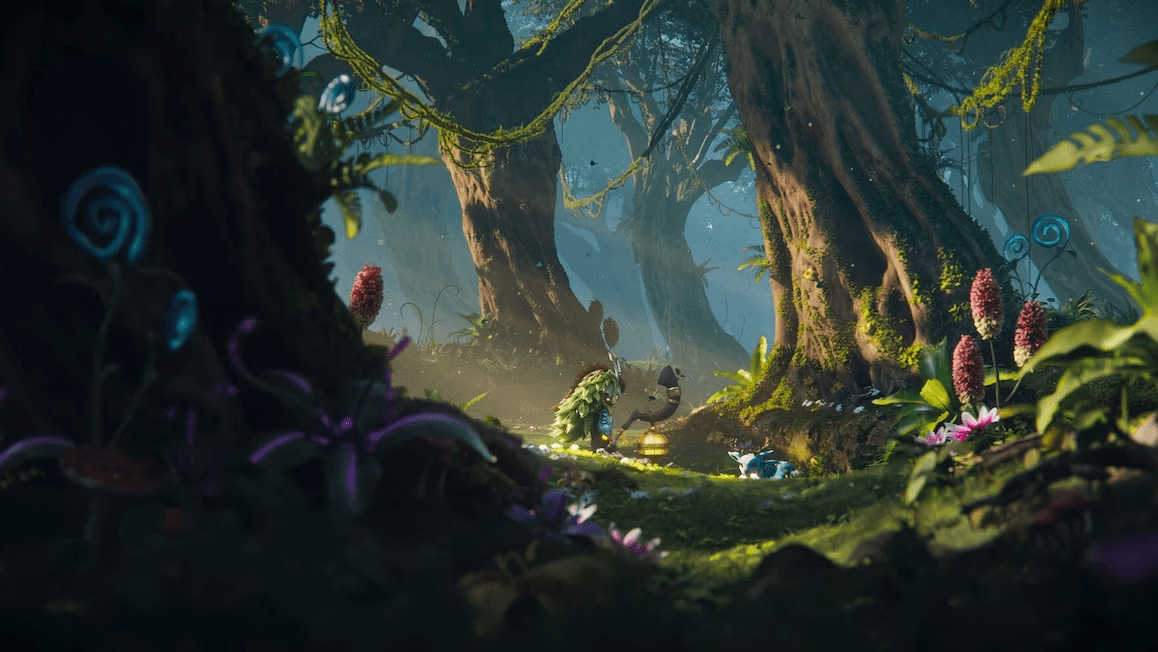
What I most enjoyed about the maps was how different they were. Everything was built around the theme of the map from the enemies to the objectives and this provided a vastly different experience from one map to the other. The real challenge with the map, and the game as a whole, is the learning curve. Just when we were getting the hang of the game, cue a map swap and it’s like we’re starting over from scratch again. Of course, that’s the case with any game and there’s always going to be some learning on the player’s part, but with so many options it can be overwhelming to figure out what and where to go first.
There’s also one other map that we currently know of, Hardfrost Harbor. What was once the bustling port town of Heartrock, has completely frozen over, preventing all ships from docking and cutting off the now desperate population from vital resources. We aren’t sure what the objectives and head-to-head encounter will entail here, but we are excited to eventually find out.
MATCH PROGRESSION
Every match in Evercore Heroes plays out in largely the same way. The overall cadence doesn’t seem to change, but the encounters within each map definitely force a team to shake up their strategy.
When beginning a match, all teams will spawn in and make their way to the town that holds your evercore, fighting off packs of monsters on the way. Monsters rewards gold and experience, vital in both leveling up your heroes, progressing their abilities as well as providing you the coin needed to purchase items to further enhance your hero.Each town will feature the evercore, a general shop for basic items, and a healing fountain.
Everyone’s evercore starts out at the same health, but through various Luum challenges and capture locations on the map, you’ll be able to increase the overall health of your core. This is vital because two times throughout the match, teams will need to make their way back to town to defend the core from an endless wave of enemies. The assault on your evercore only ends when one team fails, thus eliminating them, so it is crucial that you spend your time prior to a siege event clearing objectives and making your hero stronger.
All objectives on the map will either reward gold, XP, or shards, which power up your hero or even opportunities to disrupt the progression of rival teams.
Crucible objectives require your team to destroy a monster nest as quickly as possible, with each passing second spawning more and more enemies that can quickly get out of hand.
Battlehorn objectives will sound a battlehorn and spawn a massive wave of enemies over a limited window of time. The more enemies you defeat during this window, the more resources you earn from these objectives.
Gauntlet objectives will force your team to stand their ground as monsters collapse in from all directions. The more heroes you manage to keep on the objective markers, the faster the objectives will progress for your team and more enemies will focus on trying to drive you off of them.
Finally, you have Generators that simply provide your team with a steady income of specific resources over time, such as gold and Luum. You’ll simply need to clear this objective of monsters to re-activate it.
These objectives and more will all be color coded, so you know what rewards to expect, allowing you to plan and prioritize which ones your team needs to take, and in what order.
There’s also a secret shop that randomly spawns around the map that contains some of the strongest, combat altering shards in the game, but each comes at a high price. If you’re smart and save your money as well as lucky enough to find the secret shop it might be worth it to pick up one of these items.
Once 2 of the 4 teams are eliminated, the remaining 2 teams will enter into a head-to-head event to determine the winner of the match. This can be a long boss fight with various phases and intermission mechanics, or a more straightforward survival event that will put your team’s composition and progression to the test.
As I said before, we were lucky enough to have developers round out our team of four, and thank god for that because trying to wrap up head around all of the objectives and markers on the map was a new-players worst nightmare. We came to realize quickly that having a “shotcaller” as the developers call them, is really vital to a team’s success. Someone has to run point on laying out a roadmap for success, choosing objectives and coordinating your team. Evercore Heroes isn’t the type of game where you can split up and just run over enemies, you’ll lose…and lose quickly. You need to master the art of coordination and that all starts with understanding what objectives are available on the map, and which ones you should prioritize.
ROUGH AREAS
Overall, the game is in a good place, and during our hands-on time we didn’t experience any major issues and that’s saying something considering each round has 16 players all in their own instance of the same map. From a technological standpoint it’s kind of impressive. That being said the game isn’t perfect, nor should it be considering it’s only in closed beta.
One of our major issues with the game is the lack of hit feedback and sound effects. The kits on the characters we played were great, but when it comes to using their abilities or even their basic auto attacks, there were a number of times where it was impossible to tell if our attacks had even gone off. There needs to be more in the way of auditory and visual feedback to make each attack feel more meaningful to the player, as well as recognizable in the heat of combat.
From a support perspective there’s also a serious lack of quality of life flexibility. When 50 enemies are swarming your team the last thing you want to do is try and find your allies health bar, and since heroes are already modeled after the MMO holy trinity, that is tank, dps, and healer, it makes sense to allow players to heal their team utilizing the unit frames on the left side of the screen. As a former MMO healer, the lack of functionality really drove me bonkers.
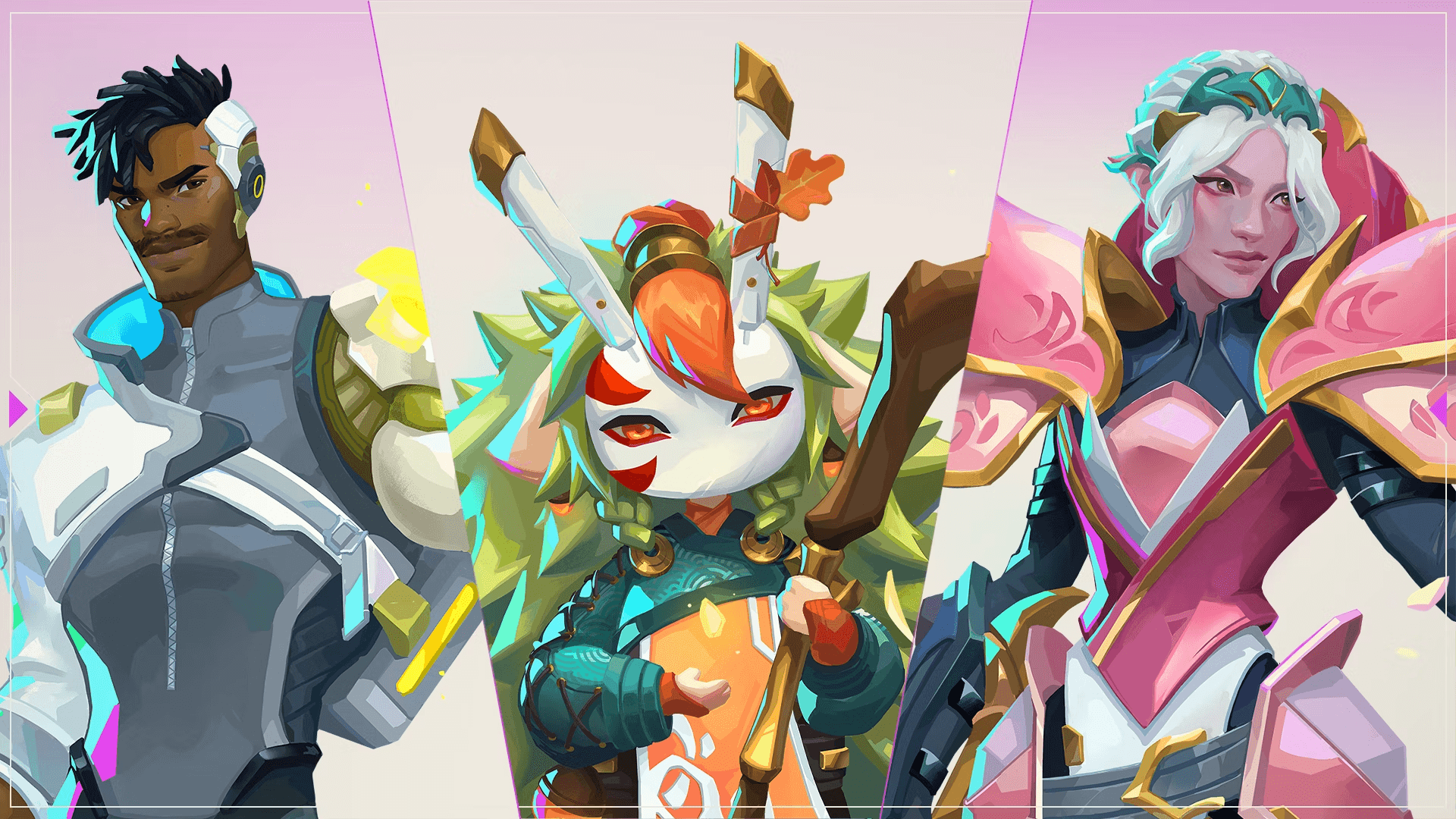
I’d also say the game’s lack of a ‘new player experience’ could be a huge problem for the long-term success of the game. As I said in the intro, it’s a genre-bending experience and a lot of the game, while familiar, is also new, and without any sort of guidance I fear the experience is going to overwhelm a lot of players. Livid and I are pretty solid gamers, but without the guidance of two developers it would have taken us much longer to piece together the macro and micro systems the game is built on. I did express this concern to the developers directly so hopefully they take it to heart, because Evercore Heroes has the potential to be very accessible to more casual players that don’t enjoy the bloodthirsty nature of PvP.
The game’s lack of a ‘new player experience’ could be a huge problem for the long-term success of the game.
CONCLUSION
Considering that Evercore Heroes wasn’t even on our radar when the team reached out I have to say both Livid and myself were pleasantly surprised with the experience. The game is shaping up to be a really unique entry in the gaming space and we could legitimately see ourselves spending hours playing this casually, the same way we’d play any other MOBA out there.
I’d be remiss if I didn’t say Evercore Heroes is entering its closed beta on June 20th. If you like what you see and want guaranteed access to that you can purchase one of the founder’s packs on the website. You could also wait until the game goes live that’s completely up to you and as always, we’ll never put pressure on you to make a purchase one way or the other. Straight up the game is fun and if the community rallies around the experience I have a feeling Evercore Heroes could be here to stay, but the game is still in development so keep that in mind.

